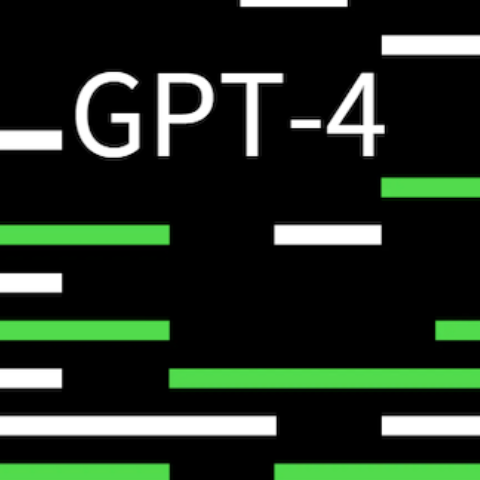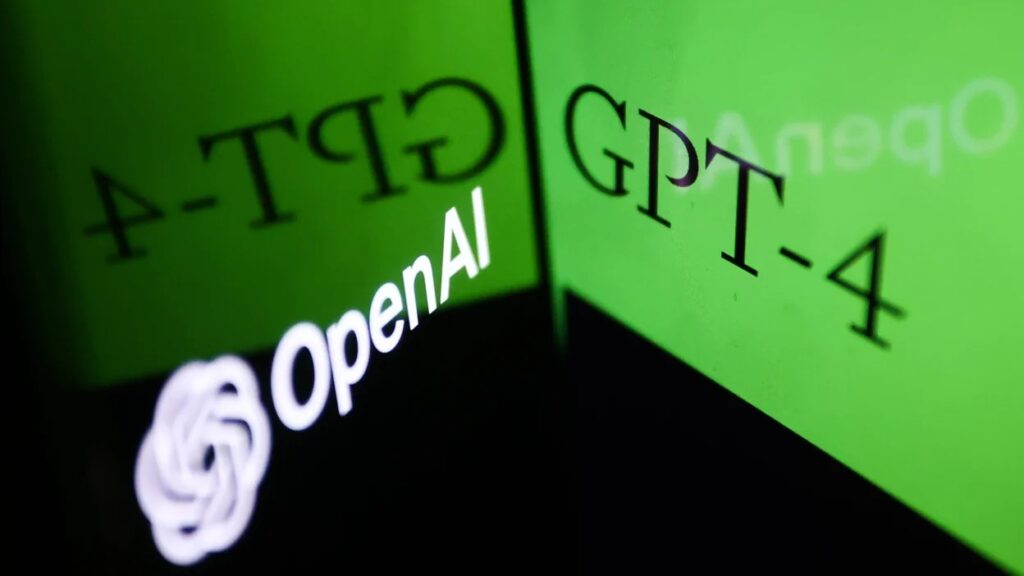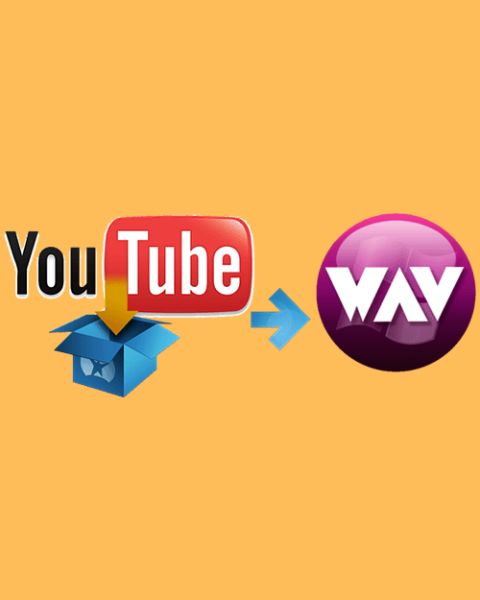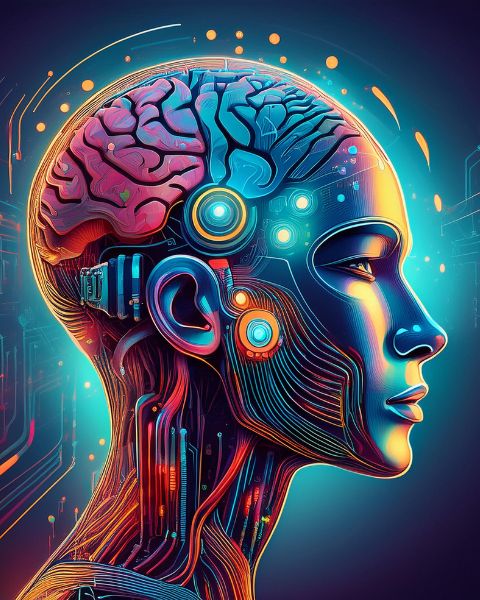
Cristiano Ronaldo Net Worth in Rupees
March 16, 2023
What Time Does Walmart Pharmacy Close?
March 18, 2023

Introduction
As an advanced version of the popular language model, GPT-3, GPT-4 is an artificial intelligence model developed by OpenAI. The acronym GPT stands for “Generative Pre-trained Transformer.” GPT-4 is expected to be even more advanced than its predecessor and is expected to improve upon the capabilities of the previous models. In this blog post, we’ll take a closer look at GPT-4, what it is, and what its potential capabilities are.
What is GPT-4?
GPT-4 is the fourth generation of OpenAI’s language model that is designed to generate human-like text. The previous model, GPT-3, had 175 billion parameters, making it the largest language model at the time of its release. GPT-4 is expected to have even more parameters, which will allow it to generate even more sophisticated and nuanced text.
The key to GPT-4’s success is its deep learning architecture, which is based on transformers. These transformers are designed to process and analyze text data at scale, making it possible for the model to generate coherent and meaningful sentences, paragraphs, and even entire documents.
What are the potential capabilities of GPT-4?
GPT-4 is expected to have several capabilities that will make it a powerful tool for a range of applications. Here are some of the potential capabilities of GPT-4:
- Improved natural language understanding: GPT-4 is expected to have even more sophisticated natural language understanding capabilities than its predecessor. This will allow it to better understand the nuances of human language, including idioms, slang, and colloquialisms.
- Enhanced text generation: GPT-4 will be able to generate even more complex and nuanced text than GPT-3. This means that it will be able to produce more convincing and realistic content, making it an invaluable tool for content creators and marketers.
- Multilingual support: GPT-4 is expected to be able to support multiple languages, making it a valuable tool for global businesses and organizations.
- Better adaptation to domain-specific language: GPT-4 will be able to adapt to specific domains, such as healthcare, finance, and law. This will allow it to generate more specialized and accurate text, making it a valuable tool for professionals in these fields.
- Enhanced conversational abilities: GPT-4 is expected to be able to engage in more natural and human-like conversations than its predecessor. This will make it an invaluable tool for chatbots and virtual assistants.
Also Check: The Future of WhatsApp chatbots: Predictions and Trends for 2023 and Beyond
Applications of GPT-4
GPT-4 is expected to have a range of applications across various industries. Here are some of the potential applications of GPT-4:
- Content creation: GPT-4 will be able to generate high-quality content for various applications, including marketing, social media, and journalism.
- Language translation: GPT-4’s multilingual support will make it a valuable tool for language translation and localization.
- Chatbots and virtual assistants: GPT-4’s enhanced conversational abilities will make it a valuable tool for creating more human-like chatbots and virtual assistants.
- Professional writing: GPT-4’s ability to adapt to specific domains will make it a valuable tool for professionals in fields such as law, finance, and healthcare.
- Personalization: GPT-4 will be able to generate personalized content based on user preferences and behavior.
As a language model, GPT-4 is expected to have some limitations also that affect its performance and reliability in certain tasks. Here are some of the limitations that could be expected from GPT-4:
Limitations of GPT-4
- Lack of common sense reasoning: While GPT-4 can generate text that appears coherent and natural, it may struggle with tasks that require understanding of the world and common sense reasoning. This means that it might generate responses that are not logically consistent or do not align with human expectations.
- Bias: As with any AI system, GPT-4 is susceptible to bias, particularly if the data it is trained on is biased. This means that it may generate responses that reflect societal biases, stereotypes or prejudices.
- Overfitting: GPT-4 may overfit the data it is trained on, meaning that it may perform well on the training data but poorly on new data. This can be particularly problematic if the new data is significantly different from the training data.
- Limited context awareness: GPT-4 can generate text based on the context it is given, but it may not have a full understanding of the context. This means that it may generate responses that are not appropriate for the context, or miss important nuances in the conversation.
- Lack of emotional intelligence: GPT-4 may struggle with tasks that require emotional intelligence, such as detecting sarcasm or irony, understanding tone, or responding appropriately to emotional cues.



